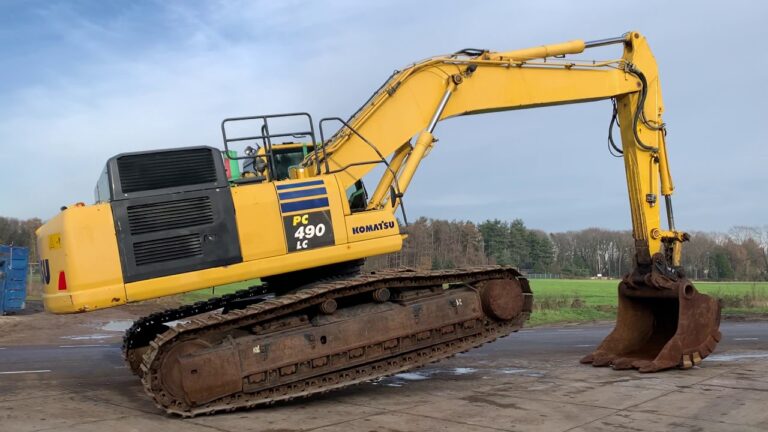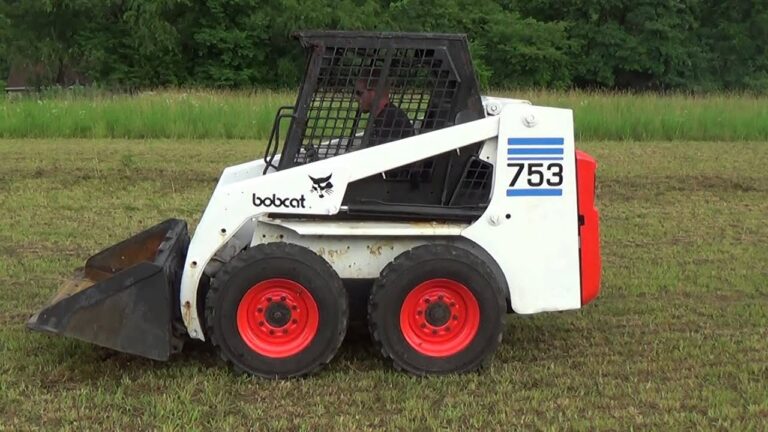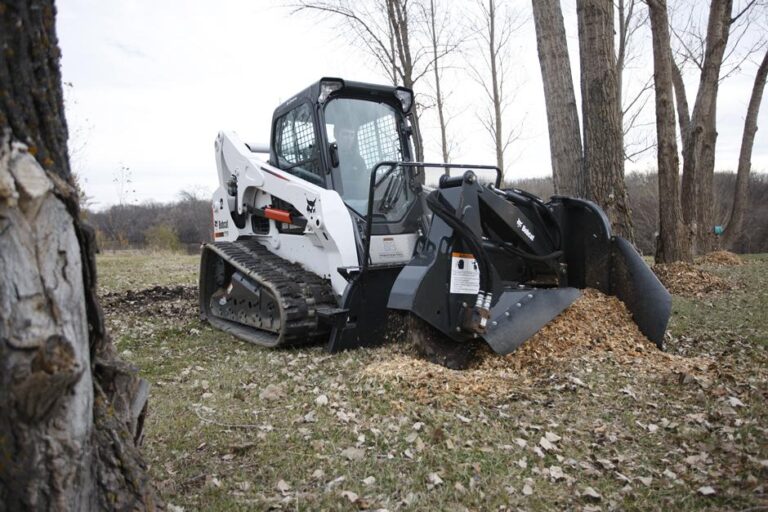
Bobcat 753 Troubleshooting & Repair Guide is a reference and troubleshooting guide to Bobcat construction equipment. Everything from common problems to detailed maintenance schedules is covered. This book is written for the owner who wants to understand more about their Bobcat equipment and how it works.
Ogwe ihe na-ebu n'ihu nke Bobcat skid loader gị kwụsịrị ịrụ ọrụ
The front loader arm of your Bobcat skid steer loader stops working. If the front loader arm is not working, the first thing to do is to check the hydraulic fluid level. Make sure you have a lot of hours on the machine and that you are using high-quality hydraulic fluid.
In addition to checking the hydraulic fluid level, you can also check the hydraulic filter and replace it if necessary. It’s a good idea to replace this filter every 500 hours or so.
If everything else checks out, but the front loader arm still isn’t working, then you might need to replace one or more of the cylinders in your loader.
Bucket movements are not smooth
This could be caused by a few things. One of the most common reasons why a hydraulic system can become sluggish is because there is a blockage in the hydraulic fluid filter. When this happens, the hydraulic fluid cannot flow freely and will cause the operation of the system to become slow.
Another reason why this may be occurring is that there is an air bubble in the hydraulic system. Air bubbles are very common in hydraulic systems, but they can usually be removed through bleeding the system. If you remove the cap of one of your reservoir tanks, you should see air bubbles coming up on the surface of your fluid. Once all of these bubbles have gone, your system should return to normal.
A final possible cause for your problem is that there are particles in the hydraulic oil which are damaging your pump or causing friction in other parts of your system. If you think this may be happening to you, you should change your filters and try to clean out any other parts which may be contributing to this problem.
Ihe nrịbama mmanụ anaghị egosi ọgụgụ ziri ezi
The pressure sending unit is located on the top of the engine. First, check the connector with a test light or voltmeter. If there is power, then you should replace the sending unit. If there is no voltage, then check for a bad fuse or relay. If fuses and relays are ok, then check for a bad wire between the fuse box and sending unit.
If the sender location changes from machine to machine, here’s how to find it:
Locate the pressure sending unit on top of the engine. It will be screwed into an oil gallery. The wires from this device lead to a single wire connector under a plastic cover on the left side of the engine compartment.

Ihe nkedo na-akwụsị ịrụ ọrụ mgbe injin ahụ dị ọkụ
My loader will work fine when the engine is cold. But after about 15 or 20 minutes of operation, it stops working. The loader will not lift or tilt. If I shut the tractor off and let it cool down for about 5 minutes, the loader works fine again.
The tractor is a 2000 model with a little over 800 hours on it. The loader is a Frontier model LL-848. It has been working perfectly until this started happening about two weeks ago.
The loader has no leaks and the fluid level in the reservoir has not gone down at all during this time. I have checked the level with the engine running (while it was working) and with the engine turned off (when it would not work).
I’m hoping that this is something simple and hope someone can point me in the right direction for a fix.
The engine lugs or stalls
I have a Bobcat 753 that lugs or stalls when you first use the bucket. The engine revs up fine when I don’t use the bucket functions, but when I try to lift anything with the bucket the engine lugs and sometimes even stalls the machine. I’m not sure if its the hydraulic pump, hydraulic valve, or something else. The hydraulic fluid level is fine and it doesn’t seem to be leaking anywhere.
Bobcat 753 Troubleshooting & Ntuziaka mmezi
This manual contains a series of detailed instructions and guidelines that can help the reader to troubleshoot their bobcat 753 issues, understand their more complex features, and perhaps even tackle simple repairs. In order to reduce the risk of personal injury or product damage, always proceed with caution. While it is possible for a layman to carry out many of these repairs if you are unsure about working on your heavy equipment further research may be required. You should only begin working on your Bobcat 753 after familiarizing yourself with the information below.


